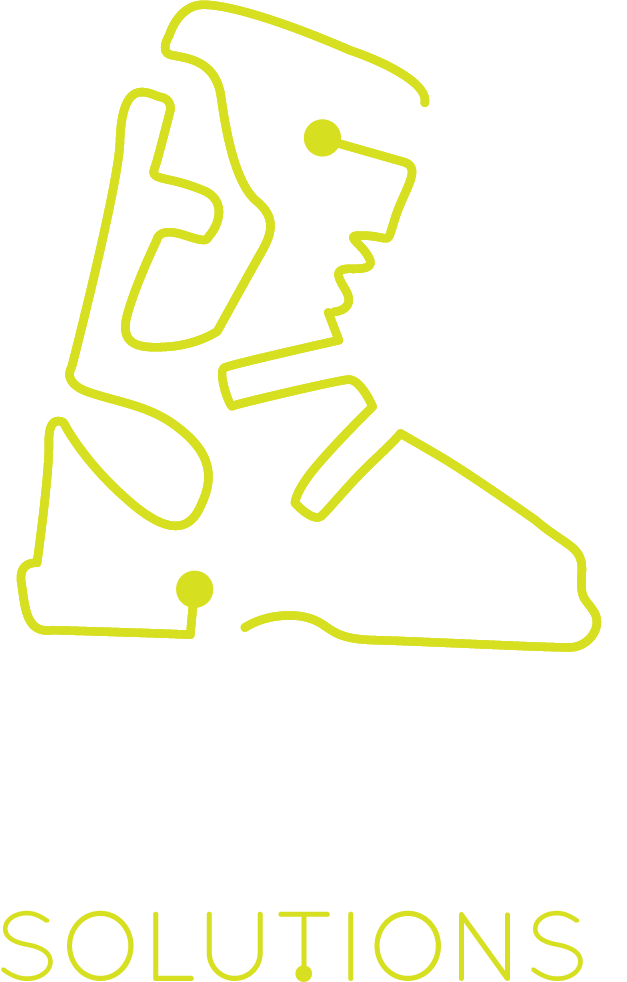How biomechanics affects your ski game
Biomechanics in sport involves the observation, study and assessment of the way people move in space using scientific principles of mechanical physics. Biomechanics play a major role in skiing, as skiing well requires the body to be doing all the right things at the right times when moving down the mountain. Making turns efficiently and with fluidity on your skis requires balance and coordination, which can only be achieved through the complex interactions that your body has with your equipment as well as the terrain that you are skiing.
Alignment in skiing can have a huge impact on one's fatigue or ability to perform certain ski movements. If the alignment is too far out it becomes impossible to let your body move in the way it should. Unfortunately many people do not naturally possess a neutral skiing stance and instead are prone to various degrees of alignment issues such as excessive foot pronation (rolling the foot in), abnormal femoral or tibial torsional issues, problems with their hips and/or lower backs and leg length discrepancies just to mention a few... Just being either slightly knock-kneed or bow-legged can affect skiing alignment. Thankfully, there are a number of ways to overcome this:
Custom orthotics: Regardless of the shape or mechanics of your feet, footbeds help to take your boots to the next level by providing superior fit, support, and comfort. They help to stabilise your foot and help correct your foot posture, so that the energy you exert while skiing is transferred directly to your skis, rather than being lost in your boot. This ultimately results in less fatigue, less discomfort and better skiing performance.
- Cuff alignment: Available on most ski boot models, cuff alignment specifically deals with the inward or outward angling of your upper cuff; it does not involve an adjustment to the lower shell. The purpose of this adjustment is to match the angle of the upper cuff to the curvature of your lower leg so that you're able to apply equal pressure to your skis when standing in a natural stance. This results in greater comfort, control, and more responsive skiing.
- Canting: Canting refers to tilting or angling the entire ski boot laterally to achieve a neutral stance, meaning your heels, ankles, knees and hips are all correctly aligned. Initially this is done by placing temporary wedges under the boot. Once the skier is happy with the adjusted angle, the boot fitter will grind the sole of the boot to create a permanent cant. A properly canted boot will bring your knee into its natural position, vertically above the centre of your foot and will provide much better precision on the slopes.
An experienced boot fitter will be able to conduct a comprehensive biomechanical assessment and then implement the appropriate measures to get you all 'dialled in' so that your whole body is correctly aligned. This will set you on the right path to achieving your full skiing potential and ultimately just having more fun on the mountain!
